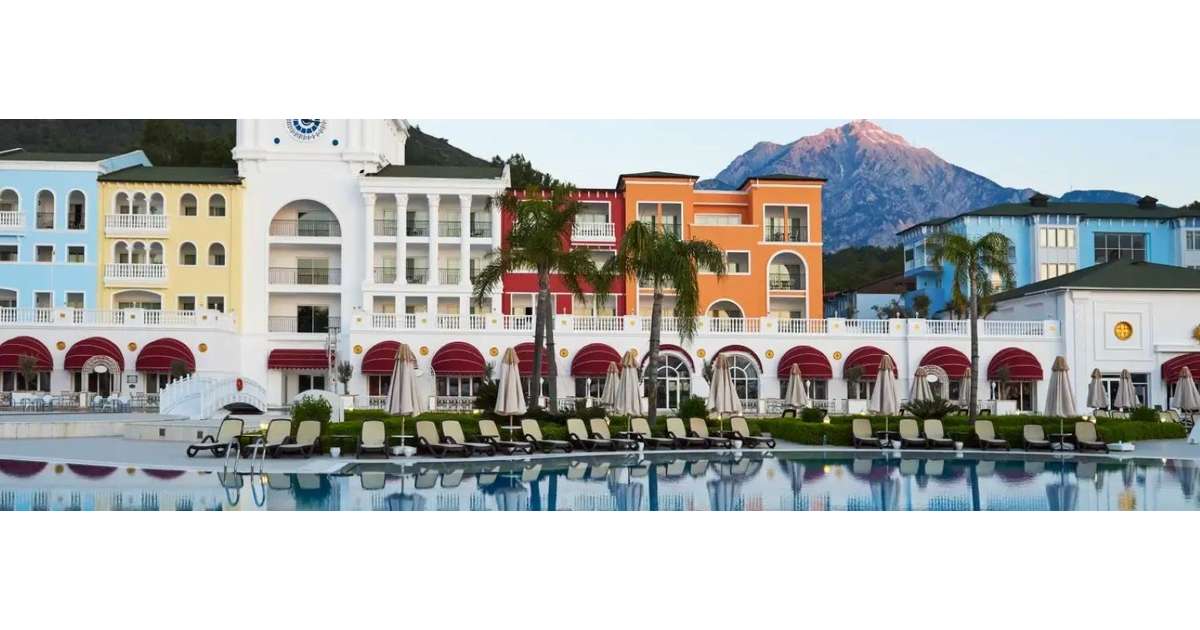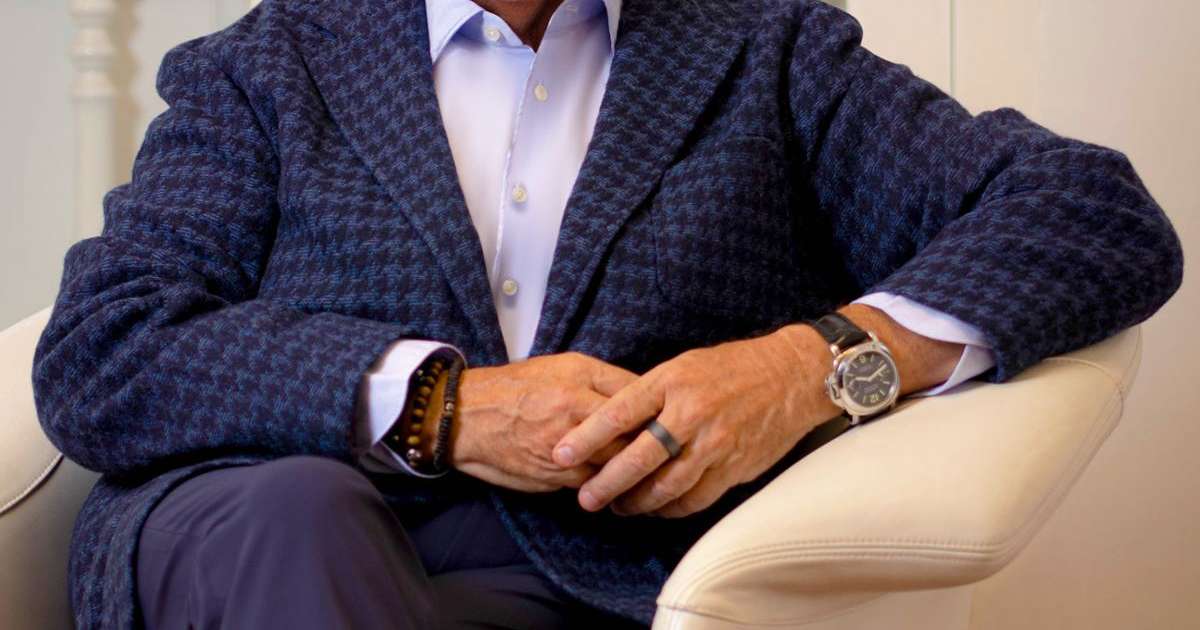
For decades, linen rental services have been the quiet workhorse of hospitality—offering hotels operational efficiency, cost savings, and consistency across properties. What began as a smart solution has become a global standard. As the industry faces growing pressure to cut carbon, manage risk, and stay agile, one question is worth asking:
If we rent linens, why not furniture?
Furniture-as-a-Service is a flexible, sustainable model that challenges traditional views of ownership in interior design. It has the potential to reshape how physical assets are sourced, managed, and renewed—while aligning with ESG goals and meeting the expectations of stakeholders, from investors to guests.
What is Furniture-as-a-Service (FaaS)?
FaaS is an innovative business model centered on renting FF&E (Furniture, Fixtures & Equipment) rather than purchasing it outright. It stems from the broader concept of product-as-a-service, where rather than owning a physical item, you pay for the duration of its use.
In the hospitality sector, FaaS can help developers and operators avoid large upfront investments by allowing them to pay a predictable recurring fee over a set period. This fee typically covers not only the furniture itself but also logistics and maintenance services while keeping the vantage of FF&E customization.
The core advantage lies in shifting from capital expenditure (CapEx)—a hefty, one-time purchase that ties up valuable capital—to operational expenditure (OpEx), where costs are spread out evenly and are easier to manage.
Challenges of Traditional FF&E ownership:
- Furniture becomes a depreciating asset —typically losing 10% to 20% of its value each year—on the balance sheet, locking up capital.
- Ongoing costs arise for replacements, renovations, and upkeep reduce annual revenue and strain operational budgets.
- Environmental impact grows due to disposal, relocation, and the need for new materials for the next inventory.
With FaaS, these challenges become opportunities for better financial planning, smoother operations, and more responsible consumption.
FaaS — Sustainability in Action:
- Provides financial flexibility by turning CapEx into manageable OpEx.
- Simplifies asset management with maintenance, upgrades, and end-of-life handling included.
- Supports sustainability through products circular practices across properties by refurbishing, reusing, and reducing waste —while creating a positive impact.
For hoteliers, this means interiors stay aligned with brand standards and design trends—without the burden of ownership and the impact that produces. For the environment, it means reduced demand for raw materials and lower carbon footprints across the board.
The Case for Regenerative Design
In a FaaS model, regenerative design goes beyond philosophy—it’s a necessity.
Unlike traditional procurement, FaaS begins by carefully selecting suppliers, materials, design and manufacturing methods that emphasize durability, repairability, and reuse. It also takes into account sustainable practices—such as the origin of materials, proximity of manufacturing facilities, ethical labor, and minimized transportation impact.
Why? Because when FF&E is designed for reuse across multiple properties, FaaS makes it viable to invest in higher-quality, sustainably made products—even if they come at a higher upfront cost.
In the luxury segment, regenerative design can also apply to high-value inventory —such as limited editions or rare vintage furniture, objects and artwork that maintain or even increase in value over time. Renting these pieces makes them more accessible and impactful, offering hotels a chance to embed rich storytelling into their interiors and refresh that narrative with each new piece, without the pressure to resell or relocate.
FaaS extends the life of FF&E across multiple guest stays and design cycles, transforming each piece into a regenerative asset that minimizes waste, preserves embodied carbon, and champions a truly circular approach to hospitality.
Transparency: The Potential Role of Blockchain in FaaS
One promising enabler of FaaS could be blockchain-based digital product passports—secure, transparent records tracking FF&E throughout its lifecycle. These digital identities hold vital data such as design specifications, materials, manufacturing practices, maintenance history, refurbishment guides, ownership across locations, and end-of-life management.
For FaaS providers, this ensures traceability and quality control across the supply-chain.
For hospitality operators, it could serve as a storytelling tool: guests can learn about the furnishings in their room—from their origin to how they’ve been maintained and renewed or even its positive impact. This transforms FF&E from a static asset into an interactive part of the guest experience, reinforcing brand values of sustainability, authenticity, and innovation.
Seamless Adoption: Integrating FaaS into Hospitality Operations
Implementing FaaS in hospitality offers a promising opportunity to blend efficient logistics, strong partnerships, and smart financial planning.
For those delivering FaaS solutions, this means managing the customization of new and refurbished inventory while collaborating with suppliers and logistics partners who share the hospitality industry’s commitment to consistent quality and brand integrity.
For hotel groups adopting FaaS, it sparks a mindset shift—embracing furnishings as a flexible, serviceable asset that supports growth and innovation. By setting clear design standards and working with trusted FaaS partners, hoteliers can streamline FF&E management and bring sustainable, transparent storytelling into every guest space.
Final Thought: Time to Rethink the Room
Service-based models have revolutionized industries like energy, mobility, and technology—from solar-as-a-service and car subscriptions to cloud computing. Hospitality has only just begun scratching the surface, with linen rentals being one of the few examples. Meanwhile, Furniture-as-a-Service is already shaking up office and residential markets. Could the hospitality sector be ready to follow suit?
FaaS could invite hoteliers to stop thinking in terms of ownership and start thinking in terms of stewardship.
By viewing FF&E as a long-term circular asset instead of a one-time purchase, operators can reduce waste, lower capital risk, and respond to evolving guest and investor expectations. This model can aid brands to stay visually fresh, environmentally responsible, regenerative, and financially agile—positioning them not just to keep pace with industry shifts, but to lead the way forward.
Tatiana Maino
Founder – CEO
oocca


